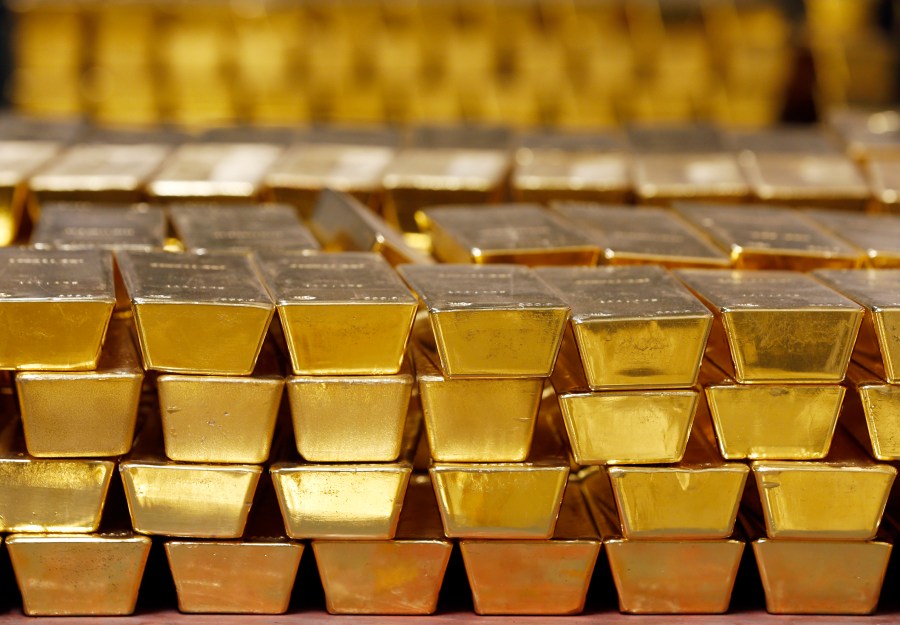Exploring Gold Prospecting in Utah: A Timeless Pursuit
Gold prospecting has long been a fascination for many, and Utah continues to be a hotspot for those seeking the precious metal. Even after the legendary gold rush of the 1880s, the allure of gold remains strong. In American Fork Canyon, members of the Utah Gold Prospecting Club are once again turning their attention to the earth, hoping to uncover hidden treasures.
Dustin Johnson, the membership officer of the Utah Gold Prospecting Club, shares his passion for the activity. “Once you see it in the pan, you’re hooked. It’s literally gold fever,” he says. His enthusiasm reflects the experience of many who have taken up the hobby, finding joy in the search and the thrill of discovery.
To get started, experts recommend packing non-mechanized equipment such as a gold pan, sluice box, or pick and shovel. “A pick and a shovel and a gold pan. That’s enough to get anybody to start finding gold,” Johnson explains. These simple tools can make all the difference in the quest for gold, especially in areas known for their potential.
Johnson has been involved in gold prospecting for six years and emphasizes that American Fork Canyon is just one of several locations in Utah where gold can be found. The Utah Geological Survey has identified various regions across the state that are prime for prospecting. These include:
- Abajo Mountains: Along Johnson and Recapture Creeks.
- Oquirrh Mountains, Bingham Canyon: Once the largest gold placer in Utah, though altered by mining operations.
- Colorado River: From the mouth of the Dolores River south to the Amasa Back Bend west of Moab.
- Green River: From Flaming Gorge Reservoir down to Horseshoe Bend.
- Henry Mountains: On the east flanks of Mt. Ellen in Crescent Creek and Mt. Pennell along Straight Creek.
- House Range: In Amasa Valley and Miller Canyon.
- La Sal Mountains: In glacial deposits and streams of Miners Basin, Wilson Mesa, Bald Mesa, and around North Mountain.
- San Juan River: From the mouth of Montezuma Creek west to Lake Powell.
- Tushar Mountains: In Mill Creek on the north flank of Signal Peak and near the mouth of Pine Gulch Creek in Bullion Canyon.
What makes Utah unique is the fine nature of its gold, often referred to as “flower gold” due to its consistency, similar to pouring flour. This fine texture can make the process more challenging but also rewarding for those patient enough to sift through the dirt.
According to the Utah Geological Survey website, placers are usually associated with areas of igneous rocks. Gold is deposited within surrounding rock formations, known as primary deposits, and as these rocks erode, the free gold is concentrated into placer (or secondary) deposits. While large concentrations of gold are rare in Utah’s streams due to over a century of mining, there is still a significant amount of gold left to be discovered.
“It is plentiful. There’s a lot of gold still here in Utah that is undiscovered,” Johnson notes. This sentiment highlights the ongoing appeal of gold prospecting in the state, where each dig could potentially reveal something new.
For those interested in joining the search, understanding the right tools and techniques is essential. Whether you’re a seasoned prospector or a curious beginner, Utah offers a rich landscape filled with possibilities. As the saying goes, the journey of a thousand miles begins with a single step—and for many, it starts with a gold pan.






